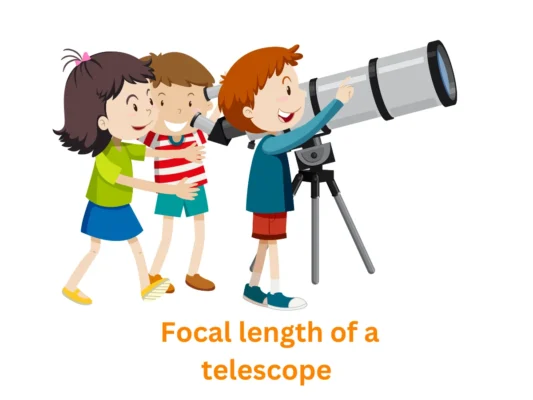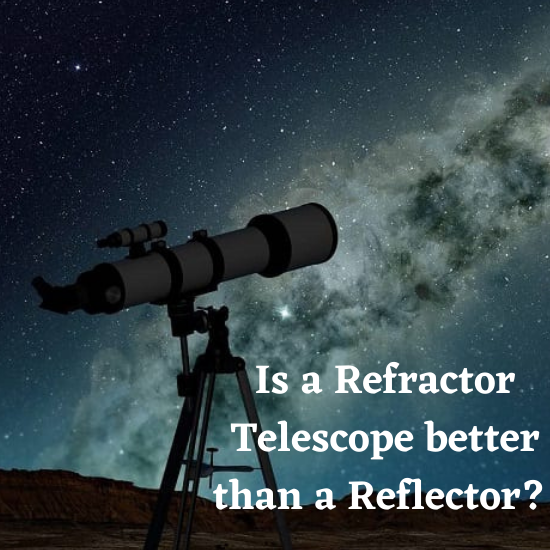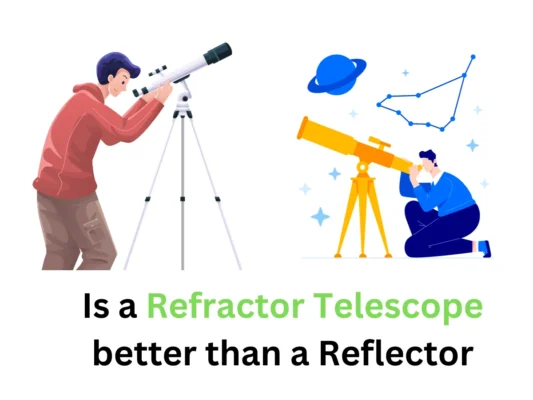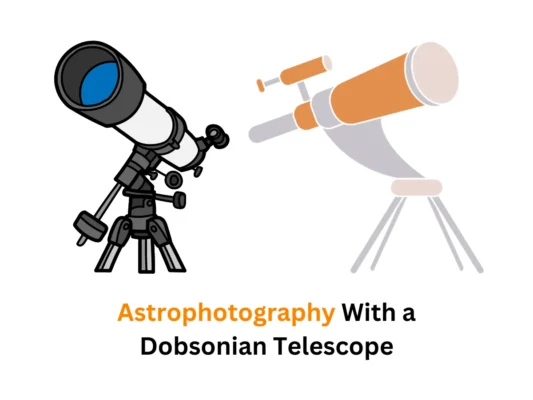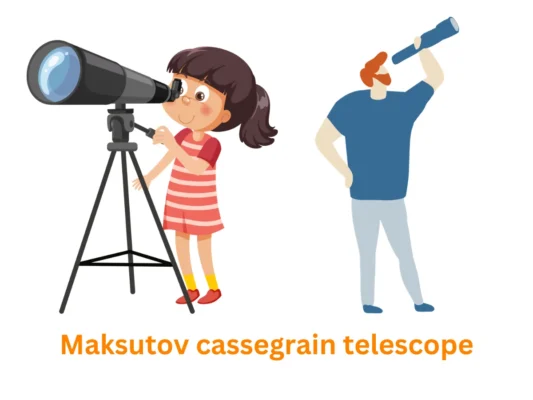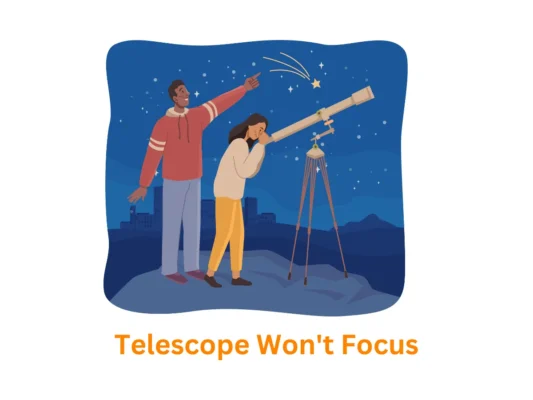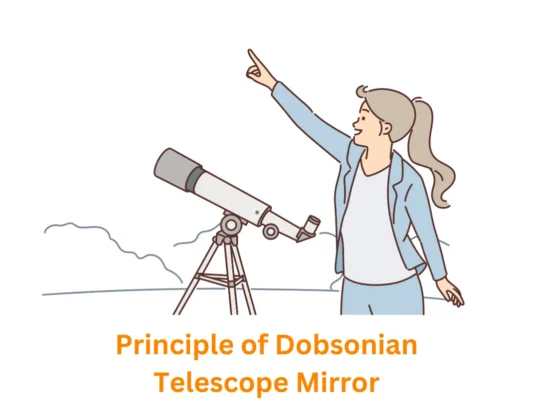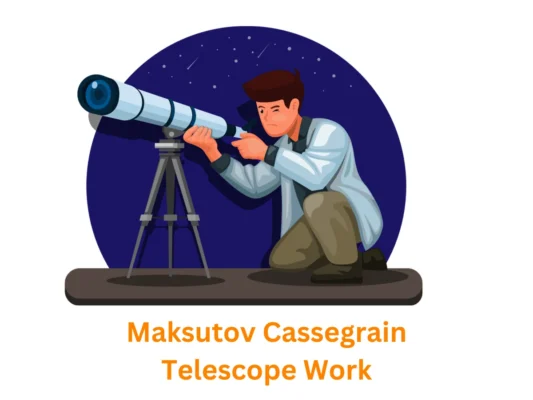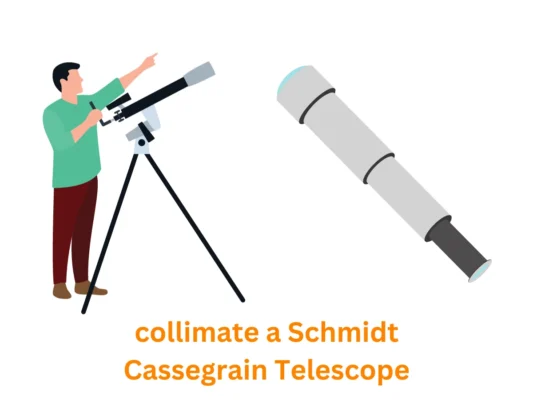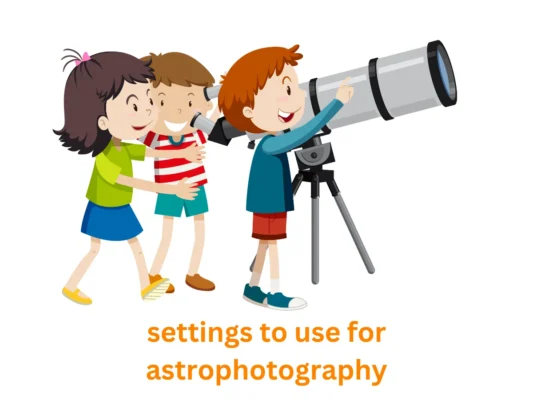One of the most popular types for amateur astronomers is a Newtonian reflector, which was invented by Isaac Newton in 1670. TheseIsaac Newtonscope’s are named after him because they bear his fingerprints; each reflecting surface has two mirrors that share light equally before sending it out toward infinity . These devices are what make up some types of mirrors that help us see deep into space and their age dates back centuries! One big drawback is that they’re bulky; because these single-mirror units direct light back to another flat surface (the secondary), it takes up much more room than other designs where there’s an objective lens between object and viewer or eyepiece – so while 12″ aperture f/6 no longer sounds
What is a Schmidt Cassegrain Telescope?
The Cassegrain telescope has been around since 1672 when it was invented by an obscure French Catholic priest named Laurent. This type of reflector uses two mirrors that each fold into shorter lengths in order to expand its functionality; this same technology is used today with many professional astronomy telescopes and nearly all amateur ones as well
A Cassegrain design uses a mirror at one end of the tube, which reflects light from its primary to an extremely small secondary. This process is usually hyperbolic in modern Cossgraphs and produces an effect similar to that seen when two lenses are aligned together: they will produce less aberration than either object individually because they have been combined into one compact shape with no Corners or Corners cut off by sharp edges.
Cassegrain telescopes were not a hit with the public in the 17th century. Dutch scientist Christian Huygens criticized Cassegrain’s design, and William Herschel of England stuck to Newtonian models even after his own country had adopted it as well. Few people used this type until about 100 years ago when glass technology advanced enough for casting large mirrors inexpensively- relatively speaking.
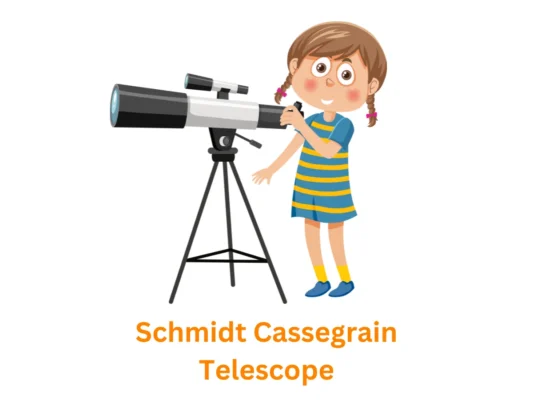
In 1930, as reflectors were coming back into vogue and people realized how much light they could pack onto a single plate for scientific observations, German optician Bernard Schmidt came up with an ingenious design. He combined his simpler spherical primary mirror with specially figured lenses at the front of the tube to correct for different types of aberrations like coma (spherical aberration). The result: A camera unlike any other before it – one that was able to capture wide-field views, not just deep sky objects!
By using a convex mirror to reflect light back into an SCT, Roger Hayward was able provide the correction needed for astronomical observations. This design is what makes these telescopes so popular among professionals and amateurs alike!. This turned this humble device into something much more powerful – A Telescope.
The Schmidt-Cassegrains are now made by Celestron and their competitor, Meade.. They have something for everyone with the spherical mirrors being easy to make compared to parabolic ones in Newtonsians which can be hard on glass plates over time because they distort light so much when you look through them at stars or galaxies that aren’t close enough.
The 8-inch f/10 SCT is a portable instrument that packs in an ample amount of aperture and focal length. It’s lightweight, easy to use with any camera mount–even ones not typically designed for astroscapes! With its simple designations like Maksutov ports or Ritchey Scope trunnions just about anywhere on your scope can be used as eyepieces.
For many people, the SCT is not a practical choice because it lacks sharp contrast. The narrow field of view makes observing stars along our Milky Way difficult if you are using an instrument with rich-field views to see more than one star at once; this can be remedied by pointing your scope upward instead but then there’s no way for these viewers who prefer wide fields near midnight or before dawn when few other objects will show up in their eyepiece besides just darkness itself – unless they have experience seeing through astronomical lenses without Bakоnuts.
Schmidt-Cassegrain Pros:
The best astronomy filters are small, compact and versatile. They have very little chromatic aberration to give your night vision an amazing contrast effect with large aperture compared to refractors for low light conditions when observing deep space objects like galaxies which require excellent Contrast in order see their structures clearly.
Schmidt-Cassegrain Cons:
Newtonians produce a circular field of view, but they’re also more expensive and require occasional minor alignment.
Schmidt-Cassegrain Telescopes are best for these things:
All around observing of the Moon, planets and double stars can be done with a larger budget. Observers who want to maximize their aperture for deep-sky objects but also favor portability will appreciate this scope’s light weight as well as its short focal length eyepieces that make it easy on your eyes after hours out there under the sky.
You can check reviews of telescopes here



